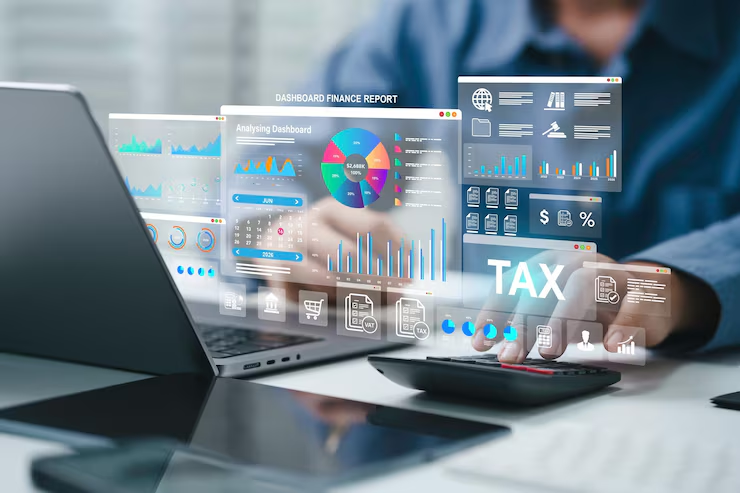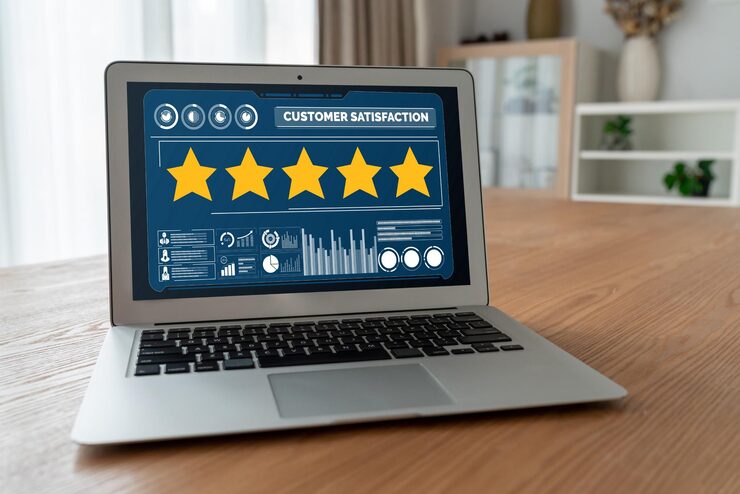AI & Automation in Accounting - How Smart Tech Is Redefining Tax Practice
Artificial intelligence (AI) and automation are no longer optional add-ons for accounting teams they are reshaping the tax lifecycle from data capture to compliance and advisory. This article explains what’s changing, why it matters for tax professionals, and how firms can adopt smart tech without losing control.
What’s changing: AI + Automation in a nutshell
AI refers to systems that can learn, reason, and make probabilistic predictions; automation refers to tools that perform repetitive tasks without human intervention. Together, they enable:
- Automated data ingestion: extracting invoices, receipts, and bank statements using OCR and ML.
- Intelligent matching & reconciliation: pairing transactions and flagging exceptions automatically.
- Predictive analytics: forecasting cashflows, tax liabilities, or audit risk using historical patterns.
- Natural language processing (NLP): converting regulatory text into structured guidance and automating tax-rule checks.
Key benefits for tax practice
- Faster compliance: automated preparation of tax returns and schedules reduces cycle time and late-filing risk.
- Higher accuracy: machine-driven reconciliations and error detection cut manual mistakes and accounting noise.
- Lower cost: fewer repetitive hours spent on data entry frees staff for higher-value advisory work.
- Scalable audits: AI helps prioritize high-risk items, making audits efficient and more targeted.
- Better insights: analytics-driven tax planning supports proactive decisions and scenario modelling.
Real-world use cases
1. Automated return preparation
Platforms now ingest GLs and third-party statements, map them to tax line-items, and generate draft returns. Accountants review and finalize instead of building schedules from scratch.
2. Continuous tax provision
Instead of once-a-quarter provision exercises, automation can compute provisional tax metrics continuously, giving near real-time visibility into effective tax rate (ETR) drivers.
3. Smart tax research
NLP-powered tools summarize relevant rulings and extract actionable points (dates, thresholds, exceptions), dramatically shortening research time.
4. Exception-based auditing
AI flags anomalous transactions and high-risk suppliers, helping auditors target the most material issues instead of sampling at random.
Core technical components
- Optical Character Recognition (OCR) - for digitizing invoices and receipts.
- Machine Learning (ML) - for classification, anomaly detection, and forecasting.
- NLP - for parsing statutes, tax notices, and free-text explanations.
- Robotic Process Automation (RPA) - for repeating UI-driven tasks and system-to-system interactions.
- APIs & integrations - connecting ERPs, bank feeds, payroll, and tax authorities.
Challenges and risks
Adopting AI/automation has pitfalls. Key concerns include:
- Data quality: garbage in, garbage out models need clean, well-labelled data.
- Regulatory compliance: explainability is crucial where tax positions must be defensible to authorities.
- Security & privacy: tax data is highly sensitive encryption, access controls and vendor assessments are mandatory.
- Change management: staff need retraining, and workflows must be redesigned to focus on exceptions and advisory.
- Model drift: tax law changes or new transaction types can reduce model accuracy over time continuous monitoring helps.
How tax teams should start (practical roadmap)
- Assess current processes: map manual tasks, cycle times, and pain points.
- Prioritize quick wins: choose high-volume, rule-based tasks (e.g., invoice capture, bank reconciliation).
- Pilot with a sandbox: run a small proof-of-concept (POC) to measure accuracy and time saved.
- Ensure governance: define controls, SLA thresholds, and human review rules.
- Scale iteratively: expand to adjacent processes, monitor performance, and update models.
- Train people: create new roles model reviewers, exception managers, and analytics advisors.
Tip: Keep the human-in-the-loop for borderline cases. Automation should augment judgement, not replace it.
What's next trends to watch
- RegTech & e-filing automation: tighter API-driven reporting to tax authorities will reduce paper filings and speed up assessments.
- Explainable AI (XAI): models that can justify tax positions will be required for compliance and audit defense.
- Cross-border tax automation: automation of transfer pricing documentation and country-by-country reporting.
- Embedded tax in business systems: tax calculations moving closer to transaction origination (real-time VAT/GST calculation at POS).
Conclusion
AI and automation are transforming tax practice from a manual, compliance-only function into a strategic, insight-driven capability. Firms that combine robust data governance, sensible piloting, and retraining of staff will not only cut costs and errors but also offer higher-value advisory services to clients. The goal is simple: automate the routine amplify the expertise.










